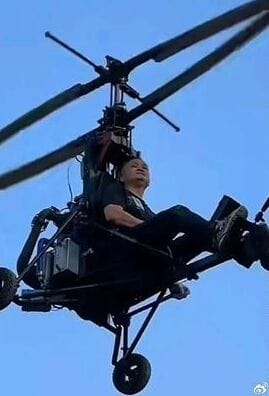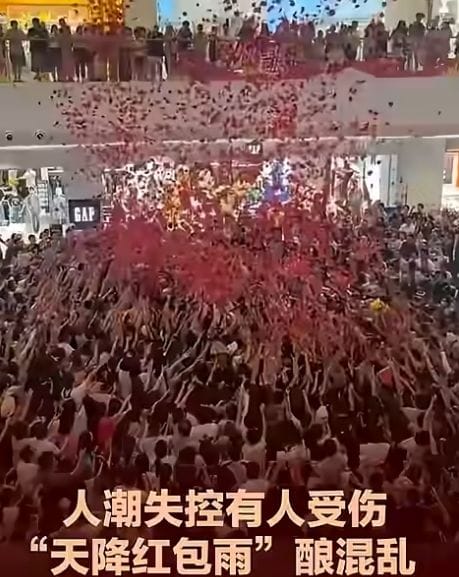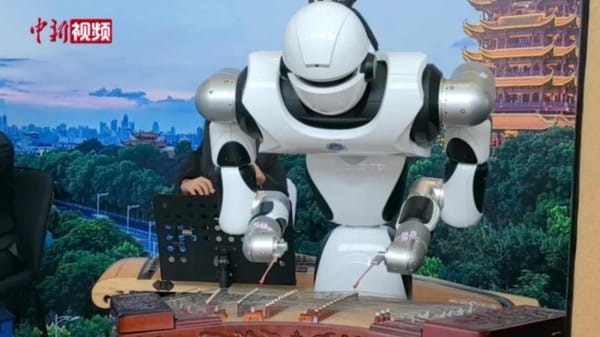Robotaxi Falls into Construction Pit in Chongqing, Passenger Rescued Safely by Ladder
A robotaxi carrying a passenger fell into a construction pit in Chongqing, raising serious questions about autonomous vehicle safety and urban construction management.
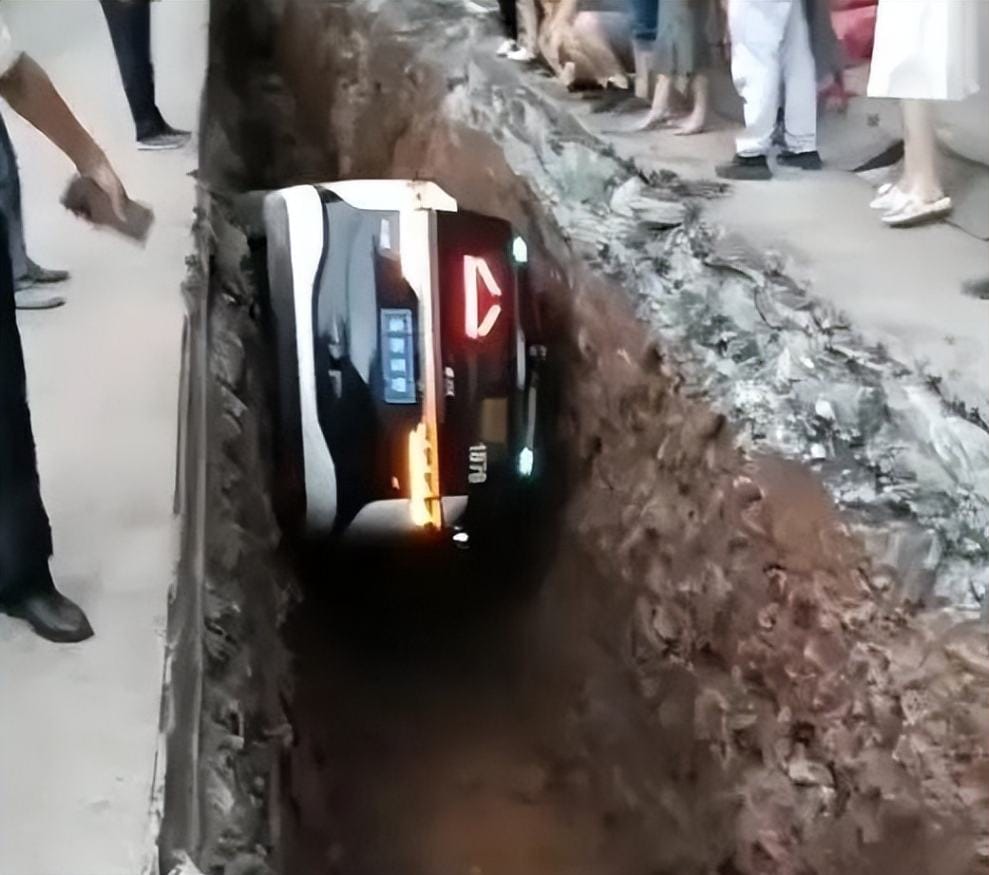
@theipaper A Baidu Apollo Go robotaxi in Chongqing drove straight into a deep construction pit while carrying a passenger, according to Chinese media. The woman inside was rescued unhurt by locals using a ladder. Authorities say barriers and warning signs were in place, raising questions over how the autonomous car missed them. China, Baidu, ApolloGo, Robotaxi, SelfDrivingCar, AutonomousVehicles, Chongqing, TechNews, Transport, RoadSafety, AI, Driverless, CarCrash, Construction, #News
♬ original sound - The i Paper - The i Paper
The Unexpected Robotaxi Plunge in Chongqing
On the afternoon of August 6th, Yongchuan District, Chongqing witnessed an unusual and concerning event: a robotaxi, operating autonomously, unexpectedly drove into a 3-meter-deep construction pit. The passenger, a woman inside the vehicle at the time, fortunately escaped unharmed thanks to the timely rescue efforts of local residents and emergency responders. 🚨
This incident underlines a growing concern about the safety and reliability of emerging autonomous vehicle technologies, especially in complex urban environments where construction and roadworks are dynamic and unpredictable.
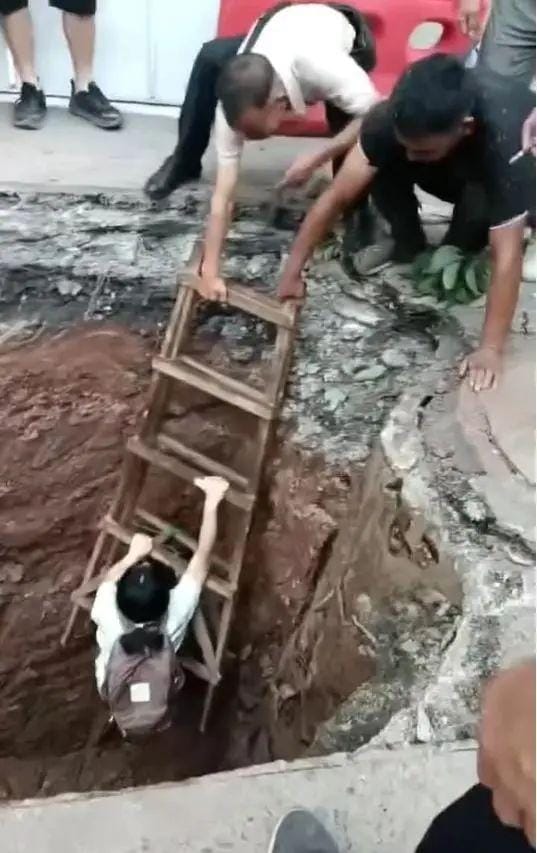
What Happened Near Inner Ring East Road?
The pit, part of a drainage pipeline construction project, was freshly dug and located near Inner Ring East Road. Reports indicate that the robotaxi entered the pit moments after a truck had exited the area. This tight timing suggests possible sensor obstruction or a failure of the vehicle's autonomous detection systems to recognize the hazard. 🤖🚧
Witness accounts describe how nearby residents sprang into action by using a ladder to help rescue the passenger inside the robotaxi. Emergency services—including police and firefighters—as well as staff from the robotaxi company, quickly arrived on the scene to manage the situation and remove the damaged vehicle later that evening.
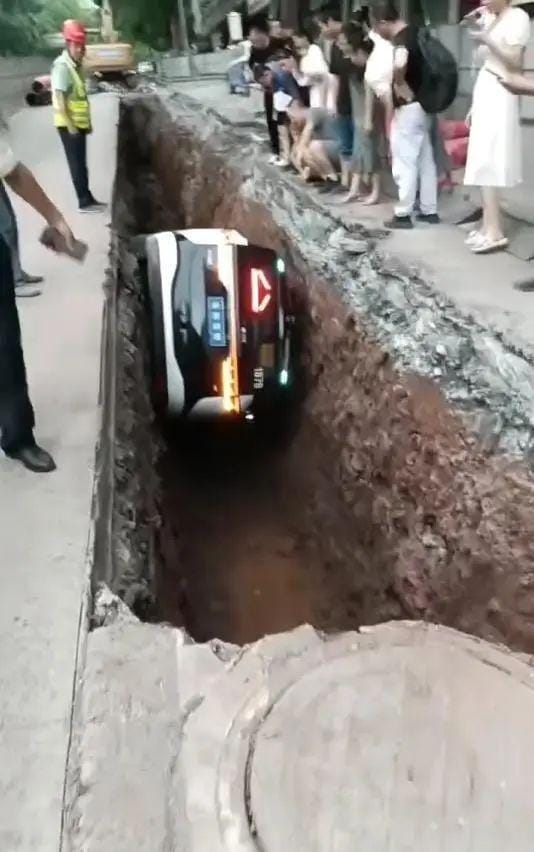
Safety Questions Raised by the Incident
This accident raises important questions about how self-driving cars perceive and respond to ever-changing urban landscapes. Construction zones, with their irregular shapes, equipment, and temporary barriers, represent a critical challenge for robotaxi navigation systems. If an autonomous vehicle can fail to detect a freshly dug pit in real time, what does this imply about the current readiness of such technologies for widespread deployment? 🤔
Moreover, it highlights the need for better communication and coordination between city construction management and autonomous vehicle operators. The Yongchuan New City Construction Management Committee is currently verifying the specific details of the incident, signaling awareness of potential gaps in construction site safety protocols relating to autonomous vehicles.
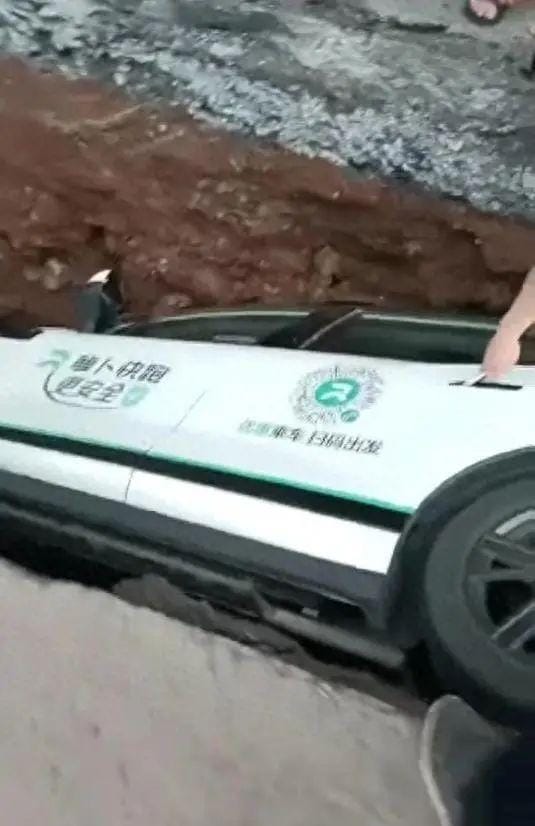
The Bigger Picture: Trust and Adoption of Robotaxis
Incidents like the Chongqing robotaxi plunge serve as a reminder that while autonomous vehicles promise increased convenience and potentially greater road safety, the technology is not yet infallible. Each accident feeds into public perception and trust, which are vital for the acceptance and growth of self-driving solutions worldwide. 🌍
As engineers continuously refine AI and sensor capabilities, and as urban planners rethink how to accommodate the next generation of vehicles, it’s crucial to consider how safety frameworks can evolve in tandem. Passengers must be confident that when they step into a robotaxi, they won’t end up taking an unexpected 'dip' into a construction pit.
Conclusion: Lessons Learned and the Road Ahead
The robotaxi incident in Chongqing is a clear signal that the journey to fully autonomous urban transport is filled with unpredictable challenges. It is a call to action for developers, city authorities, and regulators to enhance safety measures, improve real-time hazard detection, and ensure that new technologies are integrated thoughtfully into the complex realities of city landscapes.
Ultimately, this event reinforces the importance of maintaining vigilant safety standards as we accelerate towards the future of self-driving mobility. Until then, sharing these lessons helps us all stay a little safer on the road. 🚗💡

